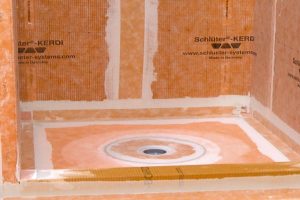How To Build A Room Addition In Tampa
Brad from Home Love Construction talks about the steps involved in building a room addition. He starts by emphasizing that the first step is to obtain a permit from the local municipality, where your contractor will provide plans, answer questions, and sort out the details. Once you have the permit, you can begin the foundation work, which may include just the slab and footers or could also incorporate the block walls. Next, you will frame the walls, including interior, exterior, and roof framing. Before the foundation work, the plumbing must be roughed in, at least for the drains, which have to go under the slab.
After the framing is complete, the roof is set, and the plywood is placed. The next step is to install windows and doors, followed by rough plumbing and electrical. Here, Brad notes that this could be the second plumbing rough but usually the first electrical rough. The electrical comes in from the attic, and the plumbing supply lines can also come from the attic or be stubbed up. Then, you can put the valves in the walls for your shower, tub, sinks, etc.
Once the rough plumbing and electrical are complete, you can move onto the insulation, which Brad notes is an essential step to keep your energy bills low. Insulation is placed in the exterior walls and the ceiling, and this is followed by drywall installation. Here, Brad mentions that you can use paperless drywall to avoid mold issues.
After the drywall is installed, you can tape and texture, which means the drywall seams and corners are taped, and then the walls and ceiling are textured. Brad recommends an orange-peel texture, which is a popular and cost-effective option. Once this is done, you can move onto the interior finishes, which include installing cabinets, countertops, baseboards, and other fixtures. Here, Brad advises that you don’t need to go with high-end finishes for everything to look good.
Finally, the last step is painting, where Brad recommends using flat paint for the walls and a semi-gloss or gloss for the trim. He notes that you should use a primer before painting to ensure better adhesion and to avoid painting over drywall paper. In the end, Brad adds that he will be providing the estimated times for each step at the end of the video.

 Previous Post
Previous Post


